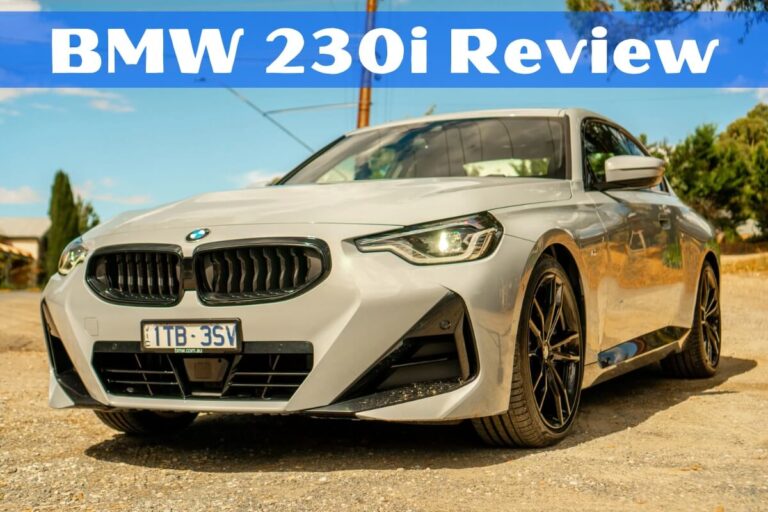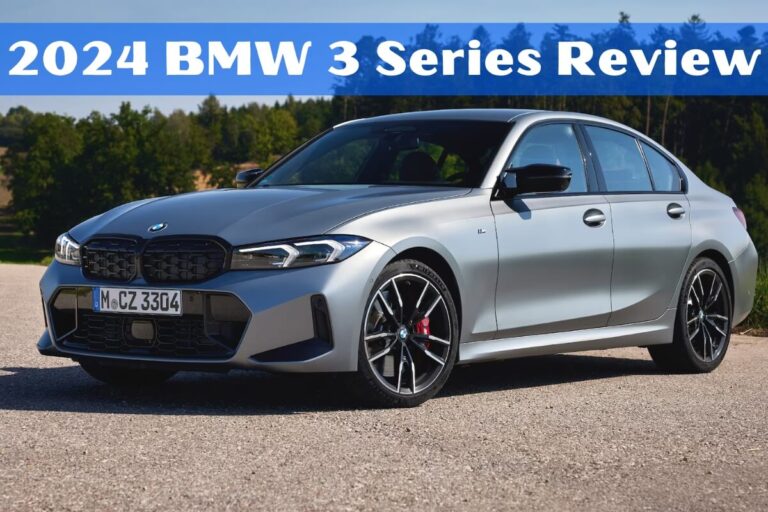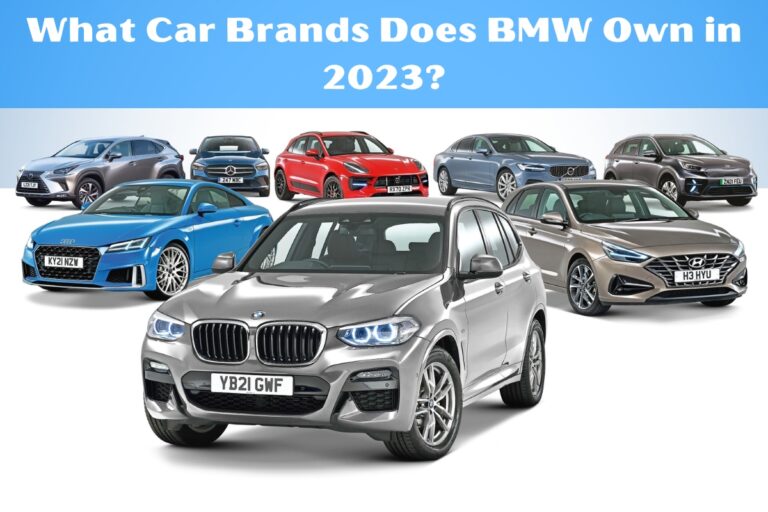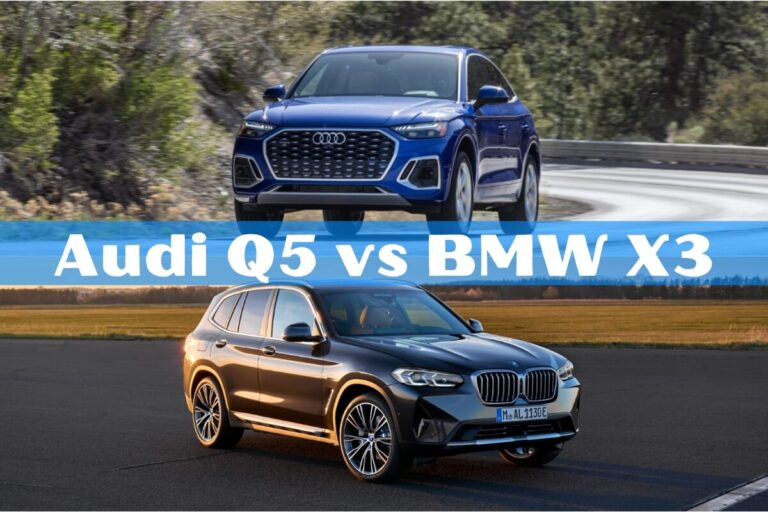BMW X5 vs Mercedes GLE: Ultimate Luxury SUV Showdown
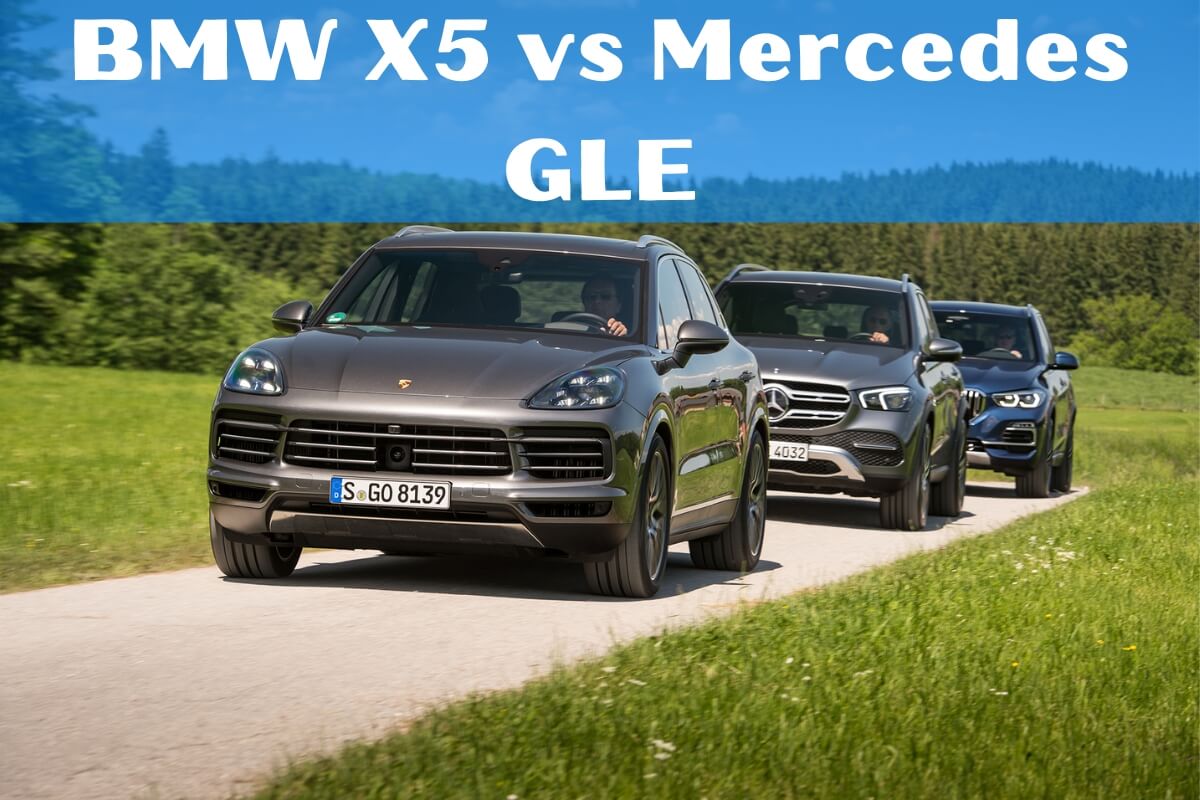
The BMW X5 and Mercedes-Benz GLE are top contenders in the luxury SUV market, vying for your attention with their impressive features and capabilities. When choosing between these two high-end vehicles, it’s essential to consider their differences in performance, fuel efficiency, interior space, technology, safety, and pricing.
This comparison will help you make an informed decision by highlighting the unique strengths and advantages of each model.
Performance & Powertrains
When it comes to performance, both the X5 and GLE offer potent engine choices. However, the BMW tends to have a slight edge in overall power and acceleration.
The standard X5 engine is a turbocharged 3.0L inline-six producing 335 horsepower and 331 lb-ft of torque. This allows a 0-60 mph time of around 5.3 seconds. The high-performance X5 M model cranks things up with a 617 hp twin-turbo V8 that can rocket to 60 mph in just 3.8 seconds.
For the GLE, the base engine is a turbocharged 2.0L four-cylinder making 255 hp and 273 lb-ft of torque. Its 0-60 mph time is a bit slower at 6.1 seconds. The top GLE 63 S trim gets a hand-built 603 hp twin-turbo V8 achieving 0-60 mph in 3.7 seconds.
Both SUVs offer a range of other engine options in between the base and top trims. The X5 and GLE also provide selectable drive modes to tailor the driving dynamics for comfort, sport, or efficiency preferences.
In terms of towing, the X5 rates slightly higher at up to 7,200 lbs when properly equipped versus 7,700 lbs for the GLE.
Fuel Economy
You might expect the Mercedes GLE to have better fuel economy since it offers a four-cylinder base engine versus the X5’s six-cylinder. However, the opposite is true according to EPA estimates.
The X5 with its standard six-cylinder gets 21 mpg city and 25 mpg highway. The GLE’s base four-cylinder returns just 19 mpg city and 26 mpg highway.
If maximum fuel efficiency is a priority, BMW offers a plug-in hybrid X5 xDrive45e model that achieves 51 MPGe combined or up to 31 miles of pure electric driving range. Unfortunately, Mercedes does not currently offer a plug-in hybrid GLE variant.
Exterior Design
In the styling department, it’s hard to pick an obvious winner as the X5 and GLE both look sharp and handsome on the road. The X5 has a more rounded, sporty profile while the GLE appears a bit more chiseled and muscular.
Size-wise, they are very close with the X5 being just slightly larger overall. It measures 195″ long, 79″ wide and 69″ tall compared to 194″ long, 77″ wide and 71″ tall for the GLE.
Both models can be had with large wheel options up to 22-inches in diameter to fill out the wheel wells nicely. The GLE does provide a slightly higher 8.7-inch ground clearance versus 8.3-inches for the X5.
Interior Space & Comfort
On the inside, these two SUVs are also evenly matched when it comes to passenger space and cargo room. They both seat up to five passengers standard or can be optioned with a third-row to accommodate seven.
Legroom in the front and second rows favors the Mercedes GLE by a few inches. However, the X5 has just a smidge more overall cargo capacity at 72.3 cubic feet with the rear seats folded flat.
In terms of cabin luxuries and comfort, you’ll find premium materials like leather seating, wood trim, and metal accents no matter which model you choose. Second-row occupants may find the GLE’s seats slightly more comfortable for longer trips.
Up front, the X5 gets high marks for having a sportier, more cockpit-focused feel for the driver. Road and wind noise are also well-managed in both SUVs.
Technology & Infotainment
On the technology front, the BMW X5 and Mercedes GLE come loaded with all the latest features you’d expect in a premium vehicle.
Both offer fully digital instrument clusters, large touchscreen infotainment systems, navigation, wireless smartphone integration (Apple CarPlay, Android Auto), premium audio systems, and a full suite of advanced driver aids.
However, the X5’s iDrive infotainment system gets higher marks from most reviewers for being more intuitive and user-friendly compared to the GLE’s MBUX system.
One advantage for the GLE is its exceptional available Burmester 3D surround sound system which provides an incredible audio experience. The X5’s available Bowers & Wilkins setup is no slouch either though.
When it comes to advanced safety tech, both SUVs offer just about every driver assistance feature like automatic emergency braking, blind spot monitoring, rear cross-traffic alerts, lane keep assist, and more.
Safety Ratings & Driver Assistance
In safety testing, the BMW X5 and Mercedes GLE perform exceptionally well and earn top scores from both the National Highway Traffic Safety Administration (NHTSA) and Insurance Institute for Highway Safety (IIHS).
The 2023 X5 gets a 5-Star overall rating from NHTSA while the 2023 GLE earns the TSP+ award from IIHS, indicating it meets the highest safety criteria.
Both SUVs are available with the latest advanced driver assistance systems (ADAS) that can take over steering, braking and acceleration in certain conditions to reduce fatigue and prevent accidents.
These systems use a variety of sensors, cameras and radar to enable features like adaptive cruise control, active lane keeping, traffic sign recognition, automatic parking assist and more. When properly used, ADAS can greatly enhance safety.
Pricing & Value
When it comes to pricing, the BMW X5 and Mercedes GLE are very comparable when you factor in their respective trim levels and optional equipment.
For the 2023 model year, the X5 sDrive40i base model starts at $61,600 MSRP. The GLE 350 has a starting MSRP of $59,450. However, Mercedes charges more for AWD which is included standard on the X5.
Moving up to the performance-oriented models, the X5 M60i is priced from $89,600 while the AMG GLE 53 starts at $76,000. At the top end, the X5 M Competition and GLE 63 S AMG editions both approach or exceed $120,000 when fully loaded.
With either model, you can expect your final price to increase $10,000-$20,000 from MSRP when adding popular option packages like Premium, M Sport (BMW), AMG Line (Mercedes), Driver Assistance, etc. Leasing prices for the two tend to be very close as well.
Long-term ownership costs and reliability should be similar, although BMW does provide a longer complimentary maintenance period of 3 years/36,000 miles compared to just 1 year for Mercedes.
The Verdict
So which luxury midsize SUV is the better choice, the BMW X5 or Mercedes-Benz GLE?
For pure performance driving and handling dynamics, the X5 has a slight edge with its more powerful engine options and sportier tuning. Its infotainment system is also easier to use.
However, the Mercedes GLE counters with a serene, comfortable ride quality and an ultra-luxurious available Burmester sound system that’s hard to beat if audio is a top priority.
From a practical standpoint, the GLE provides a bit more passenger space while the X5 has marginally more cargo room. They are very close in most other areas like safety ratings, reliability and ownership costs.
At the end of the day, selecting between the X5 and GLE will likely come down to your personal priorities and preferences. If you want the ultimate driving machine in SUV form, the BMW X5 delivers. But for those who prioritize ride refinement and cabin ambiance, the Mercedes GLE is an excellent choice.
Fortunately, you really can’t go wrong with either one of these stellar luxury SUVs. Taking a test drive of both is highly recommended to see which one best suits your lifestyle.

